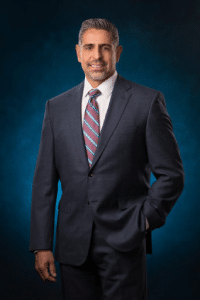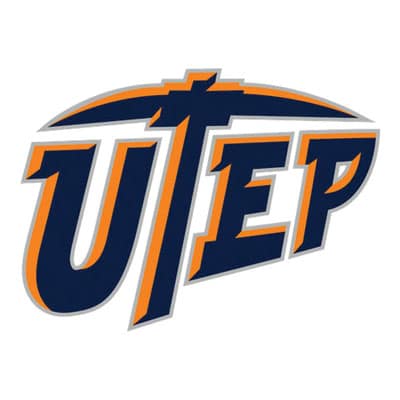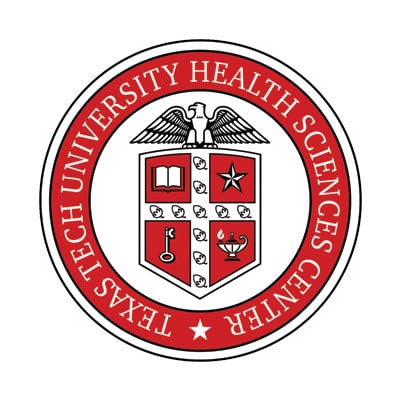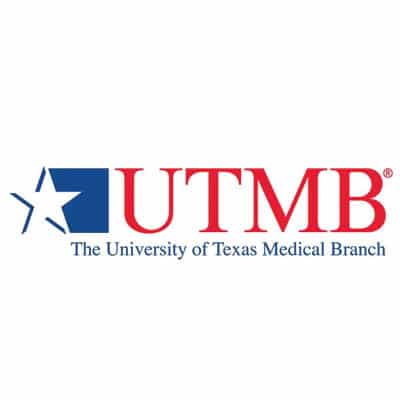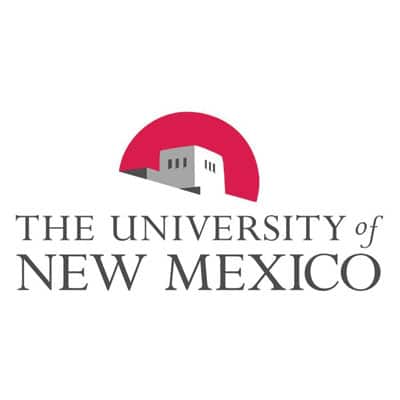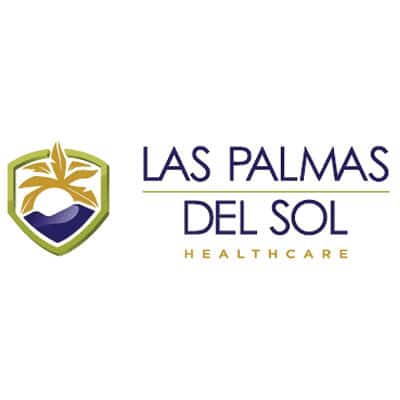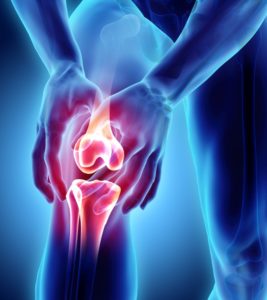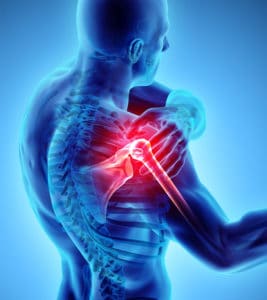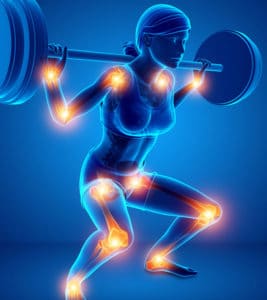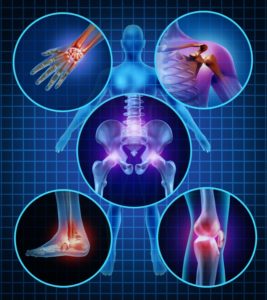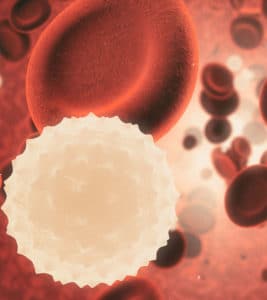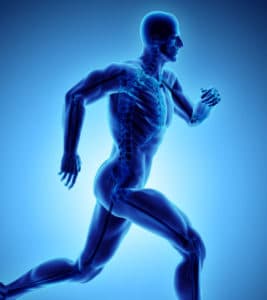Labral & SLAP Tear
What is a Labral Tear, SLAP Tear and Bankart Tear?
The labrum is a circular rim of cartilage that lines the shoulder socket and helps to deepen the socket (glenoid) so that the shoulder remains in the glenoid during shoulder movement. The labrum serves as an attachment site for the long head of the biceps tendon and the glenohumeral ligaments. The labrum may become torn off the rim of the socket during a shoulder injury, such as a shoulder dislocation. A torn labrum is a common injury and is typically caused by a fall on an outstretched arm, a shoulder dislocation or it can be caused by repetitive overhead motion.
What is a SLAP Tear?
SLAP (Superior Labrum Anterior to Posterior) tear is a labral tear to the superior (uppermost) area of the labrum. This can also involve the attachment site of the biceps tendon (long head). A labral tear off the glenoid in the front (anterior) aspect of the glenoid is referred to a Bankart tear. A labral tear in the back (posterior) aspect of the glenoid is referred to a Reverse Bankart tear.
SLAP and Bankart tears are generally caused by a traumatic event, but can also be caused by overuse or repetitive micro-trauma in sports activities. SLAP tears are common in throwers and overhead athletes such as volleyball, baseball and tennis players.
What are the Symptoms of a Torn Labrum?
A labral tear causes a number of symptoms, including:
- Deep vague shoulder pain
- Shoulder instability
- Decreased range of motion
- Shoulder stiffness
- Popping/clicking of shoulder with motion
SLAP and Bankart tears may also cause shoulder pain with normal daily activities. Patients who have sustained a labral tear may also feel a sensation that the shoulder may dislocate or “slip” out of place.
How do you know when you have a Torn Labrum?
Dr. Natividad will perform a thorough physical examination to diagnose a labral tear. This will include a series of x-rays and an MRI to assess for other potential shoulder injuries. Occasionally an MRI arthrogram (dye injected into the joint) is included to help identify the exact location of the labral tear.
What are the Treatment options for a Torn Labrum?
Appropriate treatment of a labral tear, such as SLAP and Bankart tears, involves several factors including patient’s age, activity level, severity of tear, location of tear, and previous shoulder instability.
Non-operative care includes:
- Rest
- Ice
- Anti-inflammatory medication
- Physical Therapy
What are the Surgical options for a Torn Labrum?
If non-surgical treatment is unsuccessful or if the labral tear is too severe, Dr. Natividad will determine the type of labral surgery needed based on location and severity of the tear, condition of the biceps tendon and any other shoulder injuries present at the time of surgery.
Arthroscopic surgical options include:
- Labral/Bankart Repair- commonly performed on patients with chronic shoulder instability. The labral tear is repaired with knotless suture anchors in order to repair the labrum to the glenoid rim and re-create a “bumper” to deepen the socket. This helps restore stability to the shoulder joint. Knotless suture anchors are the latest technology and do not cause micro-abrasion to the humeral head compared to those requiring a stack of knots to secure the suture.
- SLAP Repair- Usually reserved for young, overhead athletes who want to remain active in sports. This involves knotless suture anchors in the superior labrum to stabilize its original attachment site.
- Biceps Tenodesis- Involves removing the injured biceps tendon from its insertion on the torn labrum and reinserting the biceps tendon into a lower area of the shoulder on the humerus (upper arm bone). By removing the insertion of the biceps tendon from the labrum, this decreases the SLAP region’s pulling forces, which can alleviate pain significantly.
- Debridement- During debridement, the torn labrum is smoothed out with a shaver. This is performed for SLAP tears that do not involve the biceps tendon.
How long does Labral Repair surgery take?
The complexity of the injury determines surgery time however in most cases, an arthroscopic Labral Repair takes about 45 – 60 minutes of surgical time.
How long does it take for the Labral Repair to heal?
Following Labral Repair surgery, the shoulder will be placed in a sling for 2 – 4 weeks for protection of the repair. During this time passive motion (someone else moving the arm) will be allowed. Active motion (moving the arm by itself) will start after the 2nd week depending on the size of the tear and security of the repair.
After the initial 2 – 4 weeks, patients will begin a program of active motion and strengthening in physical therapy. Dr. Natividad has a specific Labral Repair Rehab protocol for your physical therapist. Full recovery with unrestricted activities and sports is typically 4 to 5 months. It is very important for patients to follow an appropriate post-operative rehabilitation program to ensure that they have optimal results.

